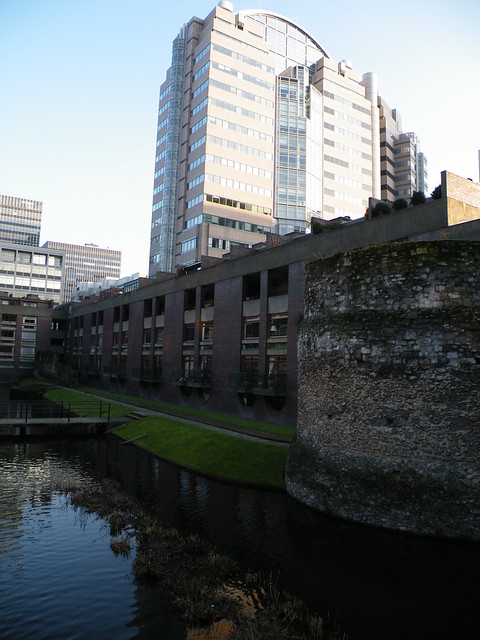So in part 1 we established a quick and dirty history. It was a very quick history as this series is an unfinished musing of my own thoughts. I’ll continue to research and amend it and you could too, if you like.
I think the 70’s are unfairly remembered as just the time when a bunch of communist hippies planted flowers, but the movements in the 70’s really opened art (and life) up to groups that were traditionally not directly involved or marginalised. Macramé was the beginning of a lot of embarrassing fashion for my parents generation, but in art, it opened up new materials to be looked at in the context of fine art. Essentially, where was art meant to go after minimalism? Where do you go with traditional techniques once you’ve pared it down to it’s component parts? And what do you do with it when photography is accepted as the more ‘realistic’ technique.
Obviously, some painters found their own direction and there are still some today that are moving in new directions with painting. Photographers, too, have moved beyond the basics of just capturing life as it happens. The addition of new techniques and materials, such as those textile-based crafts opened up a new area of exploration and a new arena for those groups that weren’t involved in art before. The inclusion of traditional ‘women’s work’ allows for the inclusion of more women in art.
This is not to say that there were not female artists before this. They did exist. There were women impressionists (even a ceramist, thank you BBC) and Jackson Pollock’s wife was an established artist, to name a new.
The modern art movement and it’s American post-war counterpart, American Expressionism movement, was still dominated by men, but the women in their lives were artists and played a huge role in the making of this art, if only for their infinite patience. However, there are some larger-than-life female characters in the modern art saga like Peggy Guggenheim.
Eventually women were begun to be recognised as artists in their own right, with their own voices (without any token status). Some artists that come to mind are Frida Kahlo, Barbara Hepworth, and some textile art in the upper gallery of the Tate Modern by Marisa Merz.
Marisa Merz, as part of the Arte Povera movement, explores a lot of the art and life, home, and femininity ideas that interest me as well. She includes craft and traditional ‘women’s work’ to explore these themes.
The British Museum held a twitter debate on craft and it’s role now and some major themes of it were it’s traditional role, it’s social nature, and art vs. craft. Craft has the added value of traditionally and continually being a social arena. Traditionally a women’s ‘club’ to sit around together and talk and socialise, which has continued (with both genders) today. This is a very valuable contribution in a world (and a city) that can be very antisocial.
The distinction between art and craft was also discussed especially in terms of maintaining that distinction as two different, but equal methods. So one will not devalue or change the nature of the other.
However, for my work, I think that my craft doesn’t have to be just art or just craft. It can perform multiple roles both traditional, traditional female, and avant garde in the big, masculine? art world. It can be a social, fun expression of traditional techniques for both genders and a form of artistic expression for both genders. Since craft hasn’t found it’s place yet in it’s rediscovery, if you will, it is still malleable. It’s not defined. It can be whatever you or I want it to be, Art or craft, art or Craft, for both genders.











